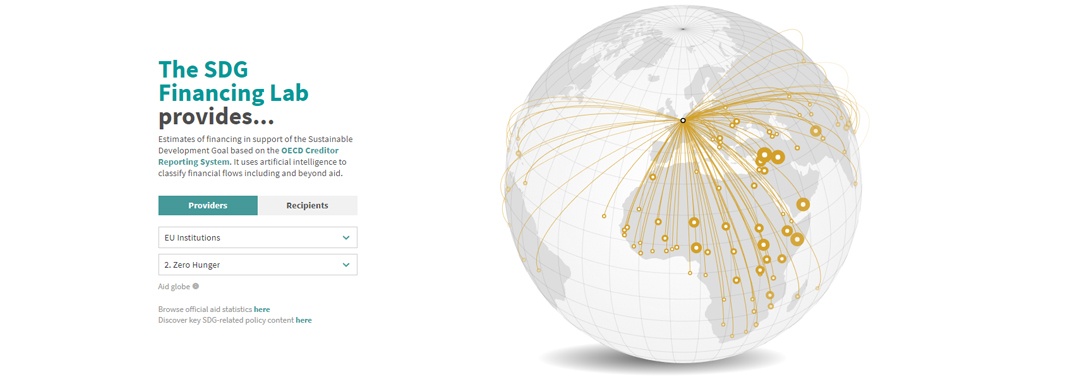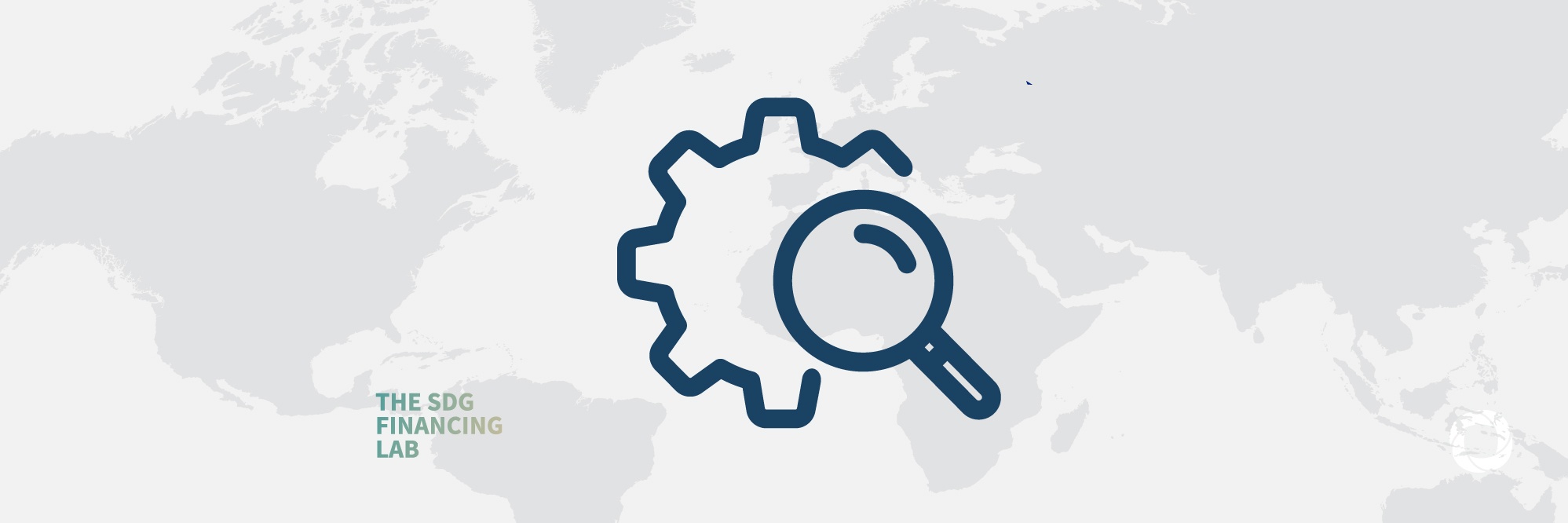The 17 Sustainable Development Goals adopted by the world leaders at the 2015 United Nations summit are expected to guide humanity in its efforts to halt climate change, put an end to poverty and fight inequalities. Yet, four years after the adoption of the SDGs and the 2030-Agenda, it is very difficult to pinpoint these efforts and to monitor the contributions made by various parties to the SDGs. However, recently a ray of light seems to have pierced the heavy shroud surrounding the statistics. This article describes the new tool recently launched by the Organization for Cooperation and Economic Development (OECD) – the SDG Financing Lab.
Which of the 17 Goals attracts the most financing and which is underfunded? International statistics are not yet able to provide an answer to these questions because they are organized by sector while the Goals express the intended results of activities and investments. In other words, the development of different sectors can support the same SDG. For example, building schools refers to the educational sector and clearly supports SDG 4 – Quality education, while improving access to electricity in a certain rural area is attributed to the energy sector but, at the same time, this will help children to study in the evening and thus can be considered as a contribution to SDG 4.
The SDG Financing Lab is an open, collaborative platform to test and develop new instruments to measure SDG financing efforts, and to map them against individual Goals.

DevelopmentAid has talked to the team that worked on the project and invited them to share the expectations behind the web-tool.
Arnaud Pincet is one of the four members of the development team that have spent a year working on the project:
OECD expects to get data driven policy insights using the tool trying to improve the overall impact of aid: are there some underfunded SDGs? What are donor’s policy priorities? Do their commitments match with their policy priorities? The tool therefore provides transparency and tries to maximize impact. Using new methods, we also want to respond more quickly to policy needs when statistics take time to be formulated.
The web-tool, launched on September 16th, 2019, is designed to address the needs of the development community including policy makers, international agencies, civil society organizations, NGOs and engaged citizens seeking detailed information on SDG Financing.
We however believe it is extremely useful to understand the role of aid and the role of donor countries,’ added Mr. Pincet.
This first project of the Financing Lab uses artificial intelligence to link official development flows (ODF) from bilateral donors, multilateral organizations and philanthropies to the 17 SDGs. It was developed based on the OECD CRS database which provides detailed information regarding individual aid activities such as sectors, countries, amounts disbursed or committed and also textual descriptions of about 250,000 projects every year.

DevelopmentAid will keep you on track with the latest news from the international development sector and the evolution of SDG financing.

